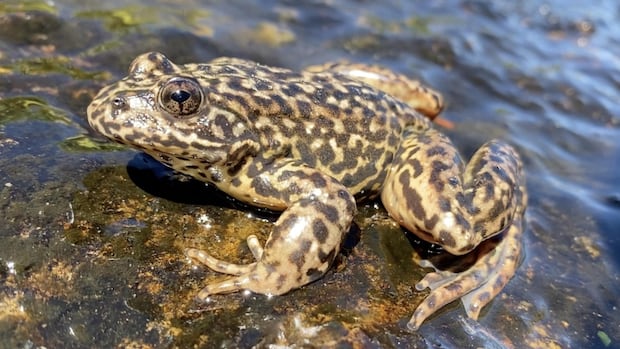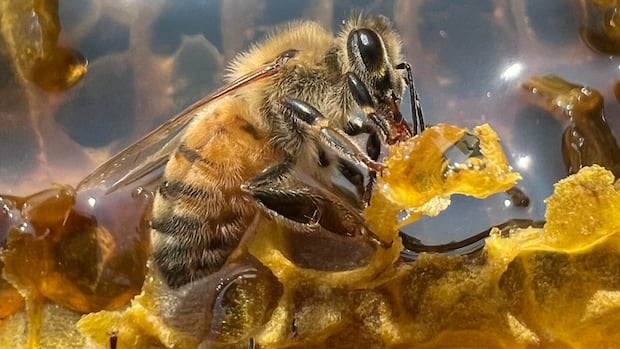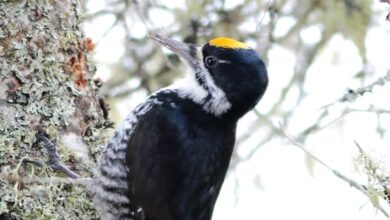Survivors of a frog ‘pandemic’ could hold the key to species survival

Chytridiomycosis, a fungal disease that has devastated amphibian populations worldwide, has been compared to COVID-19 with a 99 per cent mortality rate. Biologist Roland Knapp from the University of California, Santa Barbara, describes the impact of this disease on frogs as catastrophic, having wiped out at least 90 species. However, new research offers hope for these vulnerable creatures.
Knapp and his team recently published a study in Nature Communications that sheds light on potential solutions for combating chytrid. One innovative approach involves creating spa-like bunkhouses for frogs, which can help them recover from the infection and become resistant to future outbreaks. These DIY saunas, made from common materials and heated by the sun, have shown promising results in protecting frogs from the deadly fungus.
The research focused on the mountain yellow-legged frog population in California’s Yosemite National Park, which has been severely affected by chytrid. Despite the devastation, some frogs have shown signs of resistance or tolerance to the disease. Through relocation efforts and long-term monitoring, Knapp’s team found that these resistant frogs were able to survive and reproduce healthy offspring in new environments.
While the results of this study are encouraging, experts caution that more research is needed to fully understand how this resistance works and to apply it to other species affected by chytrid. Ana Longo, an amphibian disease expert, emphasizes the importance of long-term conservation efforts and policy approaches to combat wildlife diseases.
María Forzán, a wildlife pathologist, agrees that the findings are promising but stresses the need for continued research and funding to support amphibian populations. She also highlights the role of human development and trade in contributing to the threats faced by these creatures.
Overall, the research conducted by Knapp and his team offers a glimmer of hope for amphibians affected by chytrid. By understanding and harnessing the natural resistance of certain frog populations, we may be able to reverse the devastating effects of this disease and restore balance to ecosystems around the world.




